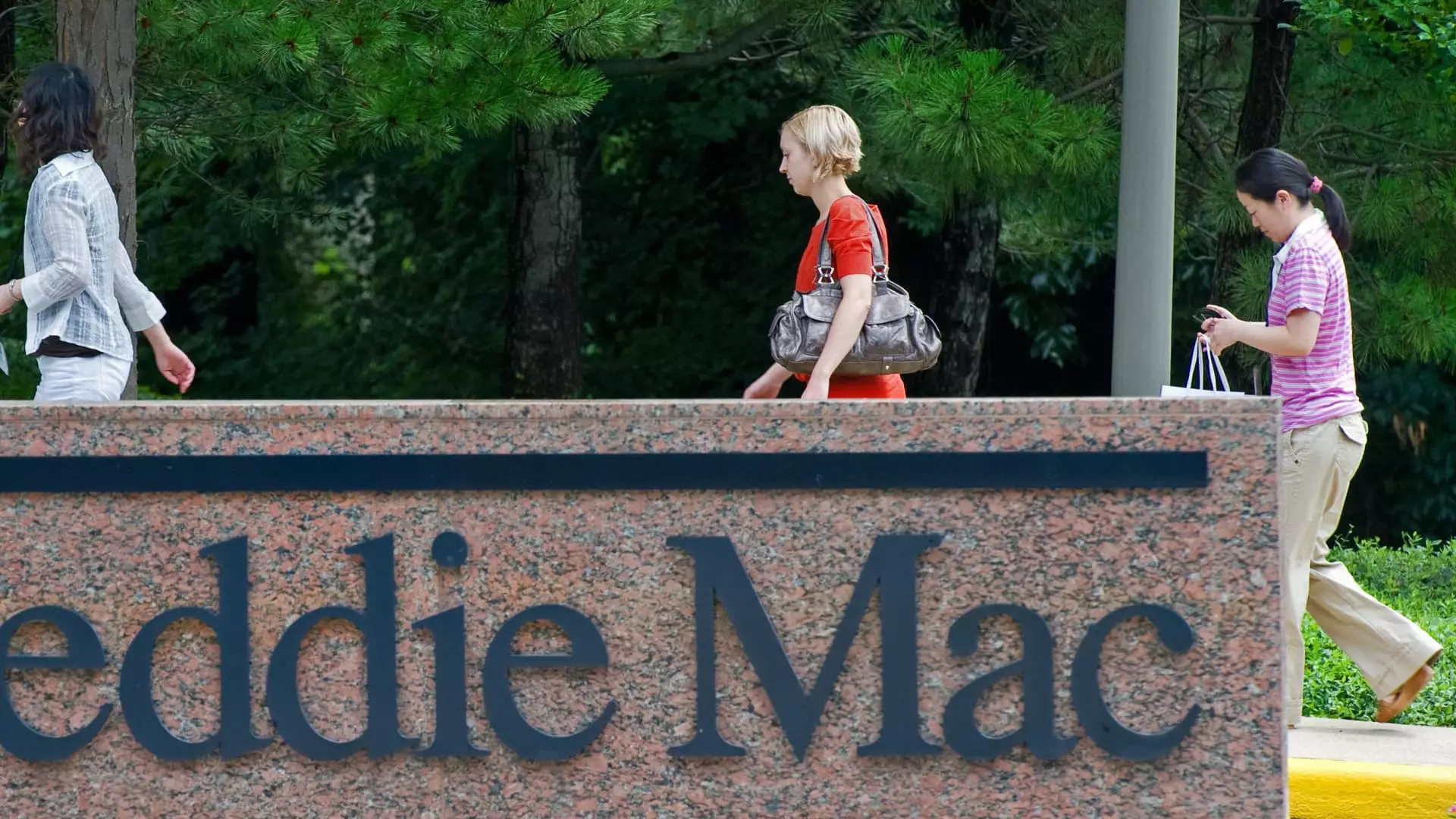The discussion surrounding the potential privatization of America’s cornerstone mortgage finance institutions—Fannie Mae and Freddie Mac—has reemerged, particularly in light of the political landscape under President Donald Trump. This article delves into the implications, challenges, and expert opinions regarding the trajectory of these government-sponsored enterprises (GSEs) as they stand on the brink of privatization after more than a decade in conservatorship.
Established by Congress in the late 20th century, Fannie Mae (Federal National Mortgage Association) and Freddie Mac (Federal Home Loan Mortgage Corporation) were designed to stabilize the housing market and make homeownership more attainable for Americans. Their roles are vital, supporting roughly 70% of the mortgage market and facilitating the popular 30-year fixed-rate mortgage.
Since the 2008 financial crisis, both GSEs have been under federal conservatorship—an arrangement that aimed to restore stability by providing them with financial backing through senior preferred stock purchase agreements. Despite the intent to safeguard the housing market, this intervention also limited their operational capabilities, including profit retention and capital generation.
During Trump’s initial term, there were attempts to re-enter the private sector; however, legislative hurdles and economic realities complicated these efforts. As the administration begins its second term, the prospect of transitioning Fannie Mae and Freddie Mac into private entities has resurfaced in conversations among policymakers and financial experts.
While privatization may open the door for increased profitability for shareholders, experts caution about its potential repercussions. Mark Zandi, chief economist at Moody’s Analytics, noted that the ramifications could extend far beyond shareholder profits, impacting mortgage rates and overall market stability. “It’s not something you can do with one signature on one agreement,” Zandi remarked, indicating the multifaceted nature of such a transition.
One of the most alarming hypotheses surrounding the privatization of these GSEs involves rising mortgage rates. As Zandi elucidated, if the government were to withdraw its backing of Fannie Mae and Freddie Mac, investors would demand higher interest rates as a buffer against the increased risk associated with mortgage-backed securities. This, in turn, could inflate borrowing costs for consumers, ultimately making homeownership less accessible.
Experts like Susan Wachter from The Wharton School draw attention to the plethora of variables in play. She pointed out that mismanaging the complexities of privatization could result in unintended consequences that reverberate throughout the housing market. The discussion becomes even more intricate when considering the interplay of public and private sectors, the Federal Housing Finance Agency (FHFA), and Treasury Department involvement.
While financial analysts debate whether a release from the government framework is economically viable, some voices advocate for the move, estimating potential profits that could be generated for the government. On the other hand, there remains a substantial contingent that believes returning the GSEs to private control is fraught with dangers for taxpayers, homeowners, and the economy at large.
Zandi summed this sentiment up by stating, “A release is a lose-lose for taxpayers, homebuyers, the housing market, the economy; everybody is worse off than the status quo.” This stark warning indicates the trepidation that permeates discussions about the future of Fannie Mae and Freddie Mac.
The fate of America’s mortgage giants remains uncertain in this evolving political and fiscal landscape. With key players like Secretary of Housing and Urban Development Scott Turner voicing the intention to prioritize their release, the conversation is likely to intensify. However, economic feasibility, regulatory frameworks, and consumer impacts must all be deliberated painstakingly to avoid a backlash that could destabilize an already precarious housing market.
While privatizing Fannie Mae and Freddie Mac may seem like an attractive fiscal maneuver, the realities of heightened mortgage rates and market instability loom large. Only time will tell if the complex web of interests surrounding the GSEs can withstand the pressures of change or if a cautious approach is the wiser path to take in navigating America’s housing finance system. The discussion is set to continue, and the stakes could not be higher for millions of American homebuyers.

